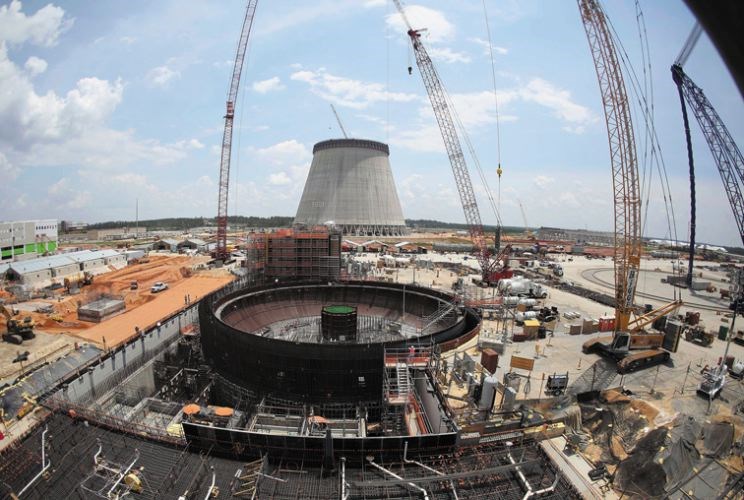At a recent conference, one of the speakers asserted nuclear power is the only form of energy we presently have which is carbon free.
Unfortunately, the nature of the event prevented me from standing up and challenging his assertion. Don't get me wrong - nuclear power is an energy source which I think we should be exploiting much more heavily both in Canada and around the world. But the assertion it has no greenhouse gas impact is patently false.
Ditto the notion wind turbines are carbon-free or tidal power has no impact. All forms of the constructed environment have some sort of impact. Some forms of power generation have lower impact than others but lower doesn't mean zero.
To understand this, one needs to do a life cycle analysis involving all of the components. This is not easy and often not complete as life cycle analyses sometimes omit the long term impact of waste.
That said, it is possible to consider the components required in building a nuclear power station, for example, although ensuring it is a complete analysis is complicated.
The first question is the land itself. Where is it going to be built? What is the present use of the land? What other values does it have?
Cutting down a forest to make way for a power plant means the trees and other plants need to be removed.
If they are converted to lumber or other products then some of their carbon is stored against future release. If the land is just bulldozed and the vegetation burned then there is the immediate release of carbon dioxide and other gases. Further, the land will have a limited capacity to capture any further gases.
Then there is the question of constructing the facility. Nuclear power plants have massive containment buildings designed to dampen or contain an explosion along with cooling towers, reactor buildings, control rooms, turbine buildings, pump buildings, and a host of other constructed components.
All of these use concrete, steel, wood, and other materials which must be extracted and refined. Steel comes from iron ore which must be mined. The ore is then crushed and the iron component extracted. It is then smelted, which is a hugely energy intensive proposition requiring the metal to be melted with a flux and the excess carbon to be burned off while the impurities are separated.
Concrete depends on the creation of cement which involves heating limestone in a lime kiln to well over 1,100 C. It, too, is an energy expensive process.
And there are all of the electronics components along with fibre optic cables and copper wiring which goes into such a power plant. Huge amounts of metals make up the various sensor, instruments, and equipment used to monitor all aspects of the operation.
The reactor core and turbines are made of steel and other metals which must be refined. Again, significant sunk costs in terms of carbon dioxide and other greenhouse gases.
The advantage of nuclear power, in terms of greenhouse gas emissions, is that once all of the construction is completed, the power plants run at a fairly low cost, operationally. There are emissions associated with the ongoing mining of uranium and with ongoing maintenance of the facility. Pumps and piping need to be replaced periodically but not at the scale of the capital investment involved in construction.
But after years of service, the power plants will need to be decommissioned which will again have a massive footprint. Cradle-to-grave thinking requires consideration of all steps in the life cycle of any constructed power plant. Essentially, there is a huge cost in terms of emissions at the front end, minor costs during operation, and a huge cost at the back end.
Having said all this, nuclear power is still a good option. In decreasing order for the production of grams of carbon dioxide equivalents per kilowatt-hour, our energy sources are coal, gas, biomass, solar, geothermal, hydroelectric, wind, nuclear, according to the IPCC. And this doesn't really tell the whole story as coal and gas are 820 g and 740 g of carbon dioxide equivalents per kilowatt-hour, respectively, while hydroelectric, wind, and nuclear are 24 g, 12 g and 12 g.
In terms of their impact on climate change and greenhouse gas emission the latter three are tiny fractions of the big energy suppliers.
After all, over 80 per cent of our electrical energy presently comes for the combustion of fossil fuels.
Changing the ratio to include more hydroelectric and nuclear power will allow us to meet growing energy demands.
Including wind power will help to ease the load on hydroelectric and nuclear but they will remain critical components to deal with peak demands.
However, we will never have "zero" impact energy generation. Not as long as it is part of our constructed environment.



